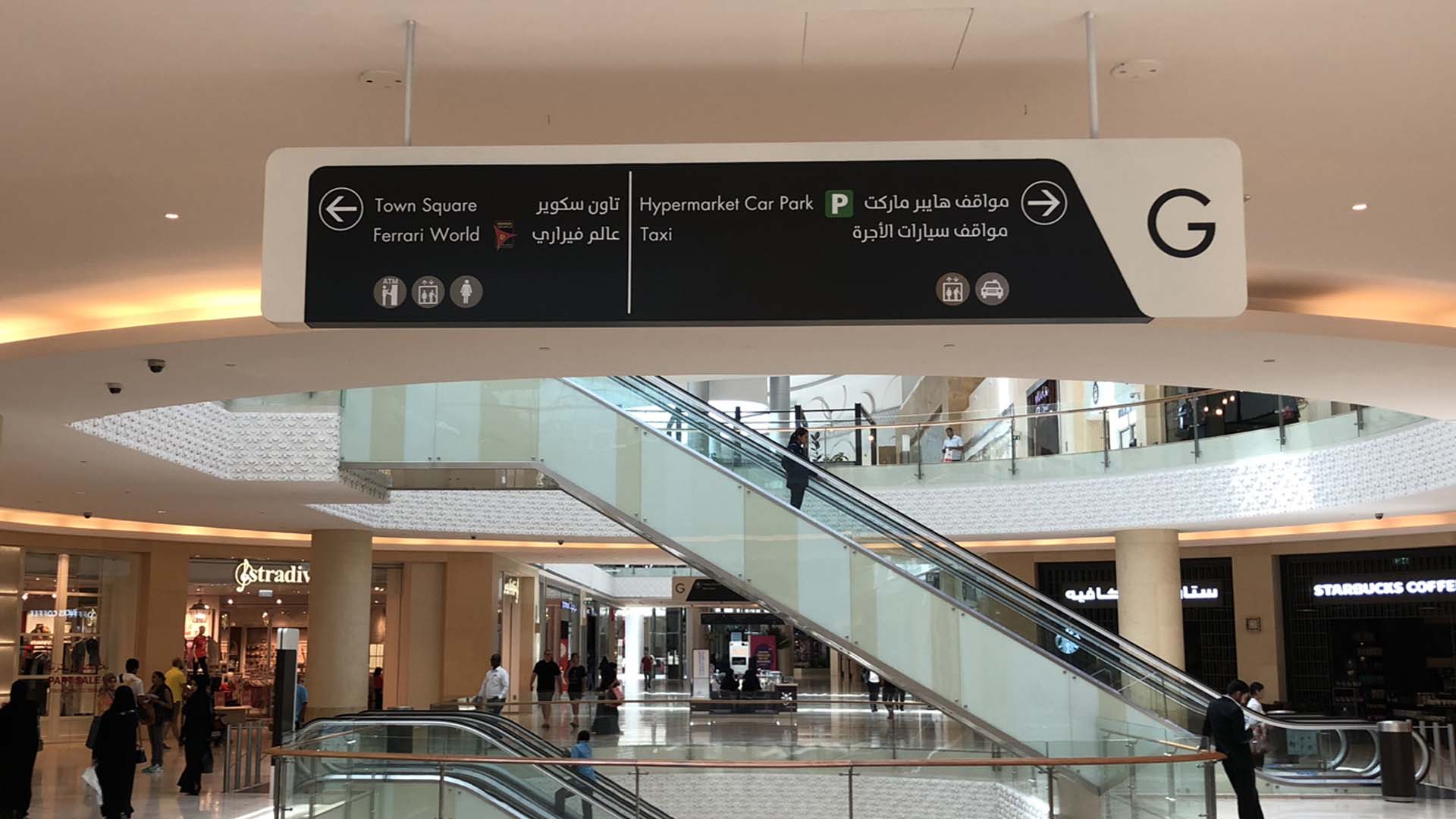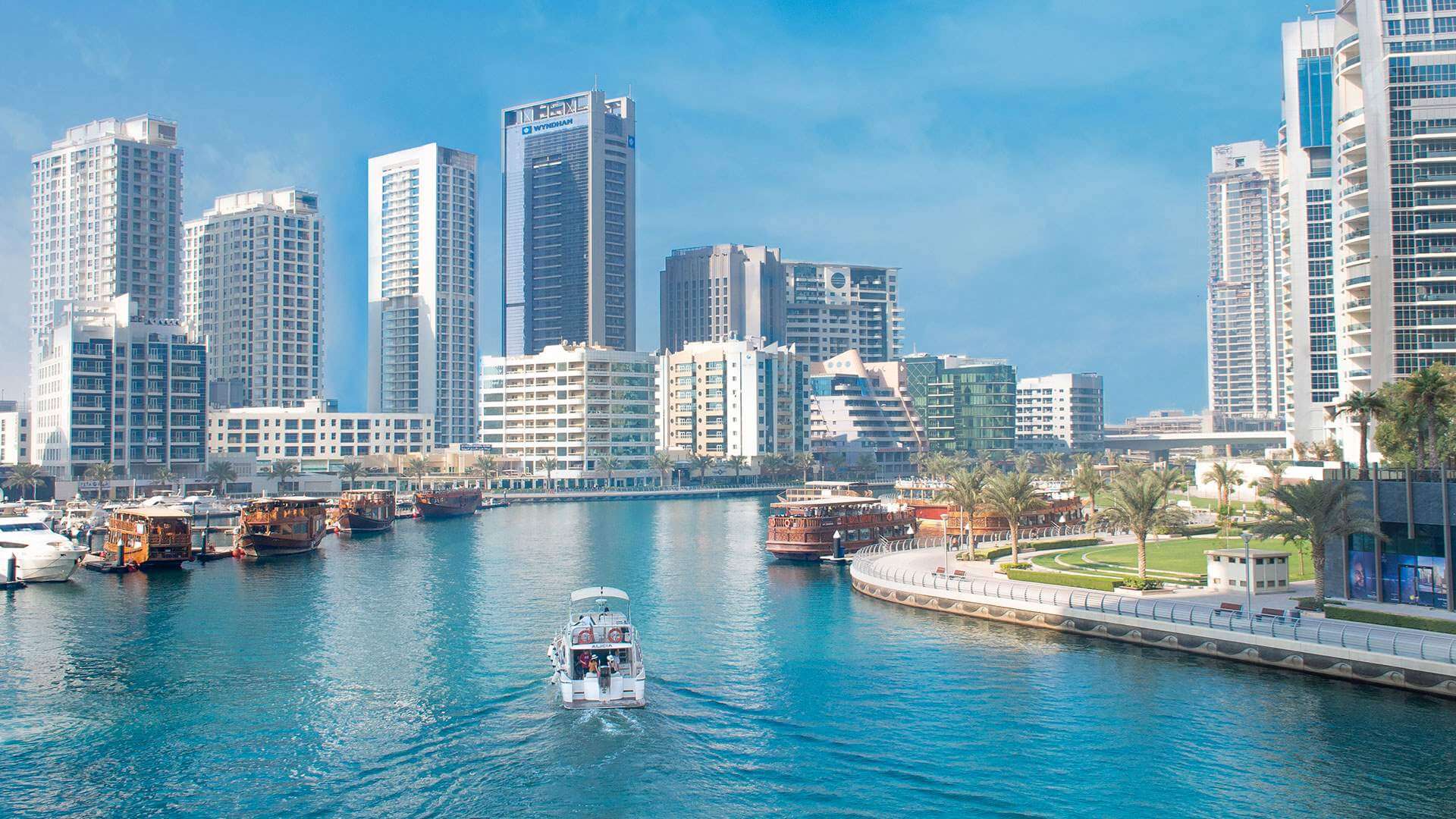How to Implement Practical Wayfinding in Your Commercial Space

Getting in and out of a building isn’t as straightforward as they make it in the movies. In most cases, you’ll find yourself lost in a maze of doors, elevators, and stairs in an attempt to reach a specific office. This is where wayfinding becomes useful.
Wayfinding, as the name implies, helps people find their way within a specific area. For buildings and other commercial spaces, wayfinding is more than just a sign on the wall telling the visitor where they are – it also explains how they can reach their destination.
For wayfinding to be effective, companies may bring in mapping service providers to ensure that navigating the building is easy, even for those new to the place. As someone who owns a commercial space, you could benefit from understanding the following practical ways of implementing wayfinding into your business.
Go for Navigable Flooring
The floors are made for walking, but did you know that they can also assist people in finding their way through a building?
Carpet tiles have become quite popular over the years, not only because they bring the key benefits of carpeting to any space, but also because they can be designed to help people navigate a place they are installed in.
Of course, many flooring manufacturers understand that their products may also be used for wayfinding, which is why carpet and tile collections usually come in patterns and color gradients.
When installed according to the natural flow of foot traffic in a commercial space, they help people know which way to go. Even porcelain and ceramic tiles incorporate different finishes to support the optimum use of wayfinding designs.
Besides the usual square tiles, the installation direction of rectangular tiles – be it carpet, ceramic, or porcelain – can also be installed parallel to a walkway to point toward a single direction subtly.
Light Up the Path
Lights are useful for more than just illuminating an area – they can also make finding your way easier, especially when implemented correctly.
Ask any wayfinding design consultant in Dubai, and they’ll tell you that high-traffic areas benefit most from lighting integrated into the building navigation design. Basically, lights can assist visitors coming in and out of the building in two ways:
● Mark stopping points
In video games, computer-controlled characters are often lit from above or below the space to make it easier to find them on a map. Wayfinding experts also use this tactic in real-life physical space to showcase potential stop points like reception desks, comfort rooms, and other public areas.
● Offer direction
Tube lighting can serve as an excellent compass for visitors to determine which direction they’re headed (or should be heading). Try installing these vertically along main pathways. Make sure they run in the same direction to serve as a guide for people without the need for an obvious arrow pointing toward the direction they should be going.
Ensure Wayfinding Signs Reflect Your Brand
Although wayfinding signages are meant to help people navigate a certain space, there’s nothing wrong about integrating your brand into them. If you own the place, you can take advantage of the fact that people need to look at these signs and symbols as they stroll around the building by ensuring that these reflect your brand identity.
Whether it’s colors, fonts, and symbols, there are many ways to incorporate your brand into wayfinding markers. If implemented correctly and consistently, you’ll not only be able to provide general information. You could also use wayfinding markers to show your commitment to provide excellent service to visitors and potential clients.
Integrate Digital and External Elements in Wayfinding
Modern wayfinding integrates programs like pre-arrival apps, appointment cards, and reminder messages into real-world environments to make navigating any space a lot easier. Upon arrival, the directional signs and external indicators mentioned earlier in this article will guide guests for smooth-flowing interior navigation.
Maximize the Use of Directional Information
Directional information may not seem like something a company owner should think about, but it’s actually as important in your marketing strategy as every TV ad or social media post.
Make sure you maximize its benefits for your organization by implementing practical wayfinding into your building.
AUTHOR BIO
Zak Zakaria is a Waymaker at dezigntechnic in Dubai who also previously worked as the company’s Graphic Designer and Art Director. Zak is a creative with work experience in multiple multinational agencies such as JWT and Saatchi & Saatchi. Signage design is a family business, making Zak’s personal experience with signage his longest professional commitment.




